Noah Kolander, Ichthyology Lab
Throughout most of recorded human history, we have not cared about the use of sunscreen. Or have we? It is now well known that the sun's rays can cause burns to the skin when left unprotected, but we have been trying to prevent such things for thousands of years. Initially, it was not to prevent cancer or getting sun spots but rather as a way to keep cool, prevent uncomfortable skin irritations, and, in some cases, prevent from looking like the lower class (Urbach 2001). Though trials were conducted in 1820, it wasn’t until 1900 that the same experiment was conducted where sunlight was split into “chemical rays” and heat. It was then that we realized that it was not just the heat that caused the burns but something different. This led to the invention of modern sunscreen derived from chestnut extract, which had been used in folk medicine for many years (Urbach 2001). Shortly after this revelation, in 1923, Coco Chanel returned from the French Riviera and accidentally tanned her skin, starting the craze of getting tan (BronzeTan.com 2020).
Fast forward to 2023, and we have more sunscreen and sunscreen ingredients than you can count with names that look like they came from an alien language. While not everyone is out trying to get a tan on the beach, everyone is directly affected by the sun's radiation every time they step outside. Fortunately, sunscreen technology has advanced to provide various types of sunscreen that can absorb or reflect the sun's rays, in addition to the wide variety of sun protection clothing that we have, there should be no reason for any of us to get burnt (Purohit 2017).
What seems like a straightforward solution to sun damage to the skin becomes less evident once you investigate the chemicals that make UV filtration possible.
There have been trials on the potential for active ingredients such as Benzophenone-3 (BP-3) to determine if this ingredient causes negative impacts (Watanabe 2015). The review found, though mixed results, altered birth weights and a decline in gestational age (Ghazipura 2017). I doubt any parent thinks that their sunscreen can cause gestational issues. Still, without further research, these products will continue to be sold and applied to the general public while potentially doing unknown harm to them.
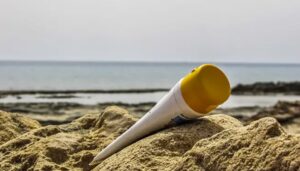
While human harm is a considerable concern, sunscreen and water are a pair that usually go together. On a deeper scale, sunscreen doesn’t stay put when applied to our bodies. Many sunscreen companies advocate applying more sunscreen after getting out of the water as it may come off in the water (Purohit 2017). When in the water, fish can bioaccumulate the active ingredients, disrupting endocrine function, altering behavior, and impacting development and reproduction (Lebaron 2022). Unfortunately, not all of these ingredients behave the same, and it is complicated to quantify each chemical's effect on every animal species. Aside from marine animals, studies examining marine algae’s response to BP-3 show decreased chlorophyll content and growth rate (Mao 2017).
Perhaps more commonly talked about is the effect that BP-3 has on corals. Each additional stressor adds to and exacerbates the preexisting problems in a changing climate. This, unfortunately, holds true for corals. Studies have demonstrated that BP-3 can damage all life stages of some species of corals and intensify the problem in the sunlight when most of the BP-3 pollution takes place (Downs 2017). The tourist industry that many island and tropical nations are built on is concurrently destroying the very thing that many tourists are coming to see.
This complexity intensifies the decision-making process when buying sunscreen. It involves not only considering the chemical impact of sunscreen on your body for cancer prevention or sunburn protection but also considering the broader environmental context. The ongoing issue of sunscreen-related pollutants in the environment has prompted some individuals to proactively address the matter, advocating for chemical removal methods directly from the environment.
There has been some success in wastewater treatment plants. BP-3 coming from pharmaceuticals and personal care products. The study used diammonium salt, a synthetic mediator, and acetosyringone, a natural mediator, which removed BP-3 to below a detectable level in just a couple of hours (Garcia 2011). There have also been pushes to use constructed wetlands to adsorb the chemicals or reduce them through biodegradation or plant uptake (Ilyas 2020).
Regardless of how we keep these chemicals from entering the ocean, one thing is certain: it must be done. Fortunately, ad campaigns have been somewhat successful, enacting specific chemical bans leading to lowered detection levels (Miller 2021). Sadly, there are no marketing standards or repercussions for mislabeling a bottle of sunscreen as “Reef Safe.” A study done in 2020 found that of the 52 products with a “Reef Safe” label, 48% of them contained a NOAA-specified “Reef Toxic” ingredient (Chi-Han 2020).
Further digging can reveal ingredients classified as non-hazardous (Miller 2021), but finding products containing only the listed ingredients can be difficult.
Even if you could find ingredients on the list provided in the Miller 2021 paper, that still does not mean that they are 100% reef and organism-safe. Chemicals affect different organisms in various ways, and currently, there is no standardized test that chemicals go through to determine if they are safe. The percentages of active ingredients differ from product to product, making classification more difficult. Is a 25% zinc oxide sunscreen better than a 4% BP-3 sunscreen? Without more research, these questions remain unanswered.
On sunscreen websites, the benefit to humans is frequently embellished and backed by dermatologists. Still, some scientific facts are stated without telling where they obtained their information (gowaxhead.com).
While there is still no clear answer about what sunscreen you should wear on your next outing, a few things are clear. More research is needed that should be performed by the companies that are advocating for their chemical use. Some sunscreens may be a better option such as non-nano zinc-oxide sunscreen, but overall, we must rethink sun protection and emphasize using material sun protection such as long-sleeved shirts, hats, and sunglasses.

References
BronzeTan.com. (2020, January 30). A Brief History of the Tan. Bronze Tan St. Louis. https://bronzetanstl.com/brief-history-tan/#:~:text=In%201923%20after%20accidentally%20tanning,and%20rebellions%20against%20Victorian%20values.
Chia-Han Yeh, M., Tsai, T. Y., & Huang, Y. C. (2020). Evaluation of ‘“reef safe”’ sunscreens: Labeling and cost implications for consumers. Journal of the American Academy of Dermatology, 82(4), 1013–1015. https://doi.org/10.1016/j.jaad.2019.10.059
Downs, C. A., Kramarsky-Winter, E., Segal, R., Fauth, J., Knutson, S., Bronstein, O., Ciner, F. R., Jeger, R., Lichtenfeld, Y., Woodley, C. M., Pennington, P., Cadenas, K., Kushmaro, A., & Loya, Y. (2016). Toxicopathological Effects of the Sunscreen UV Filter, Oxybenzone (Benzophenone-3), on Coral Planulae and Cultured Primary Cells and Its Environmental Contamination in Hawaii and the U.S. Virgin Islands. Archives of Environmental Contamination and Toxicology, 70(2), 265–288. https://doi.org/10.1007/s00244-015-0227-7
Garcia, H. A., Hoffman, C. M., Kinney, K. A., & Lawler, D. F. (2011). Laccase-catalyzed oxidation of oxybenzone in municipal wastewater primary effluent. Water Research, 45(5), 1921–1932. https://doi.org/10.1016/j.watres.2010.12.027
Ghazipura, M., McGowan, R., Arslan, A., & Hossain, T. (2017). Exposure to benzophenone-3 and reproductive toxicity: A systematic review of human and animal studies. In Reproductive Toxicology (Vol. 73, pp. 175–183). Elsevier Inc. https://doi.org/10.1016/j.reprotox.2017.08.015
Ilyas, H., & van Hullebusch, E. D. (2020). Performance comparison of different constructed wetlands designs for the removal of personal care products. In International Journal of Environmental Research and Public Health (Vol. 17, Issue 9). MDPI AG. https://doi.org/10.3390/ijerph17093091
Lebaron, P. (2022). UV filters and their impact on marine life: state of the science, data gaps, and next steps. In Journal of the European Academy of Dermatology and Venereology (Vol. 36, Issue S6, pp. 22–28). John Wiley and Sons Inc. https://doi.org/10.1111/jdv.18198
Mao, F., He, Y., Kushmaro, A., & Gin, K. Y. H. (2017). Effects of benzophenone-3 on the green alga Chlamydomonas reinhardtii and the cyanobacterium Microcystis aeruginosa. Aquatic Toxicology, 193, 1–8. https://doi.org/10.1016/j.aquatox.2017.09.029
Miller, I. B., Pawlowski, S., Kellermann, M. Y., Petersen-Thiery, M., Moeller, M., Nietzer, S., & Schupp, P. J. (2021). Toxic effects of UV filters from sunscreens on coral reefs revisited: regulatory aspects for “reef safe” products. Environmental Sciences Europe, 33(1). https://doi.org/10.1186/s12302-021-00515-w
Purohit , M. P. (Ed.). (2017, August 1). What type of sunscreen should I purchase?. DoveMed. https://www.dovemed.com/healthy-living/wellness-center/what-type-sunscreen-should-i-purchase
Urbach, F. (2001). The historical aspects of sunscreens. In Journal of Photochemistry and Photobiology B: Biology (Vol. 64). www.elsevier.com/locate/jphotobiol
Watanabe, Y., Kojima, H., Takeuchi, S., Uramaru, N., Sanoh, S., Sugihara, K., Kitamura, S., & Ohta, S. (2015). Metabolism of UV-filter benzophenone-3 by rat and human liver microsomes and its effect on endocrine-disrupting activity. Toxicology and Applied Pharmacology, 282(2), 119–128. https://doi.org/10.1016/j.taap.2014.12.002
Waxhead Sun Defense. (n.d.). Is zinc oxide safe? https://gowaxhead.com/blogs/the-thrive-lab/is-zinc-oxide-safe#:~:text=Zinc%20oxide%20is%20the%20only,and%20best%20active%20sunscreen%20ingredient.


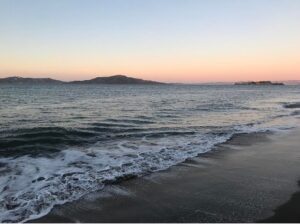


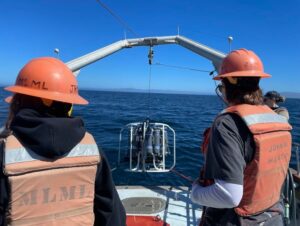

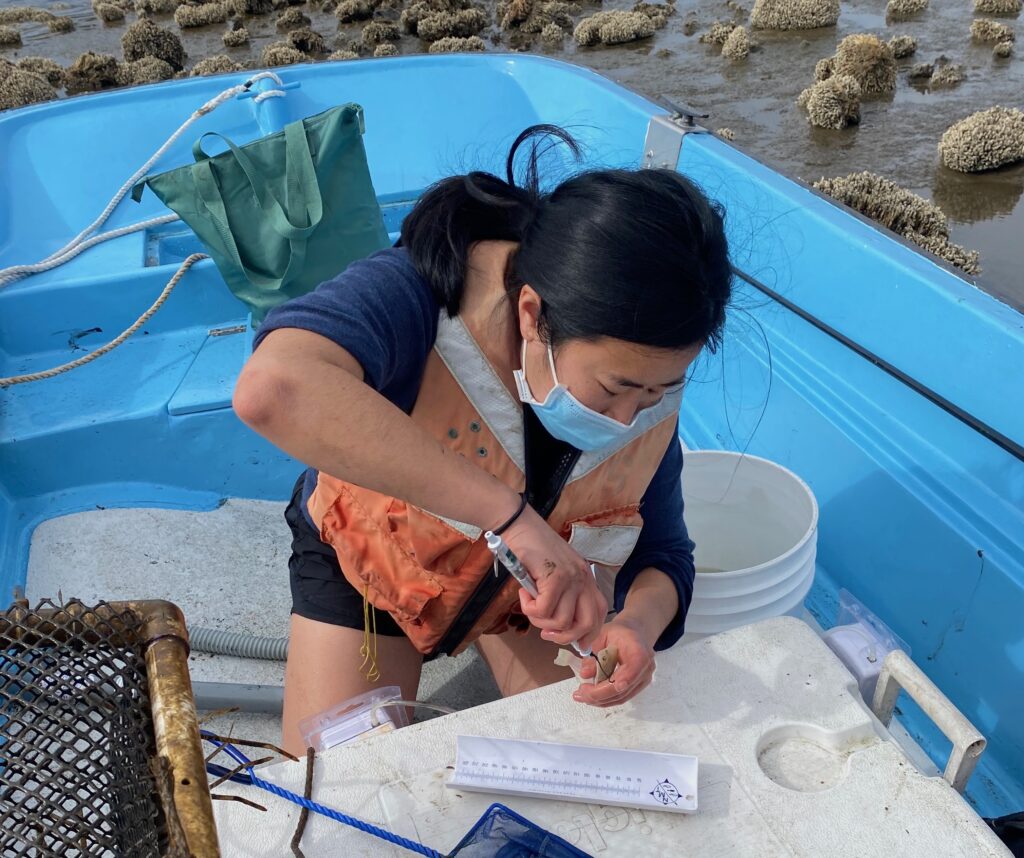 By
By 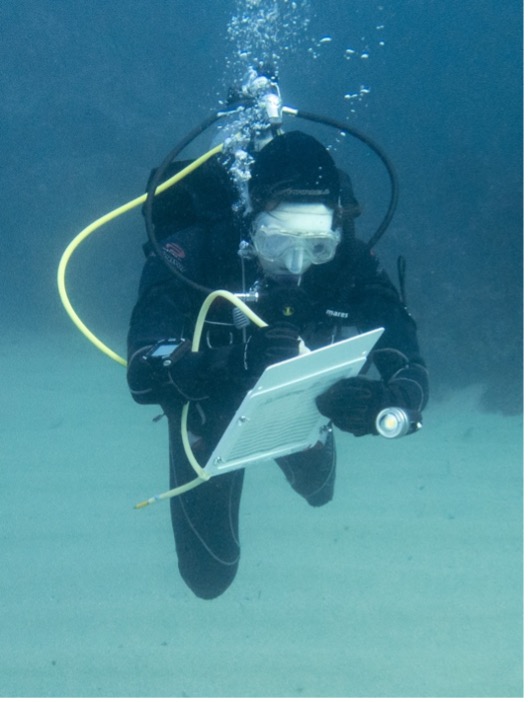 By Kameron Strickland,
By Kameron Strickland, 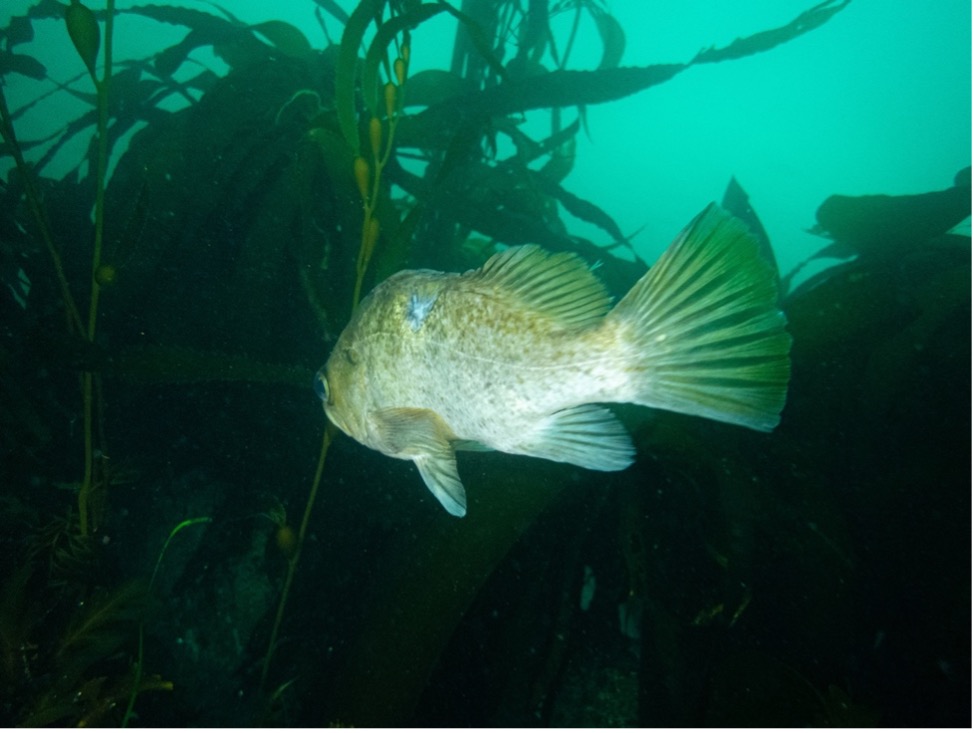
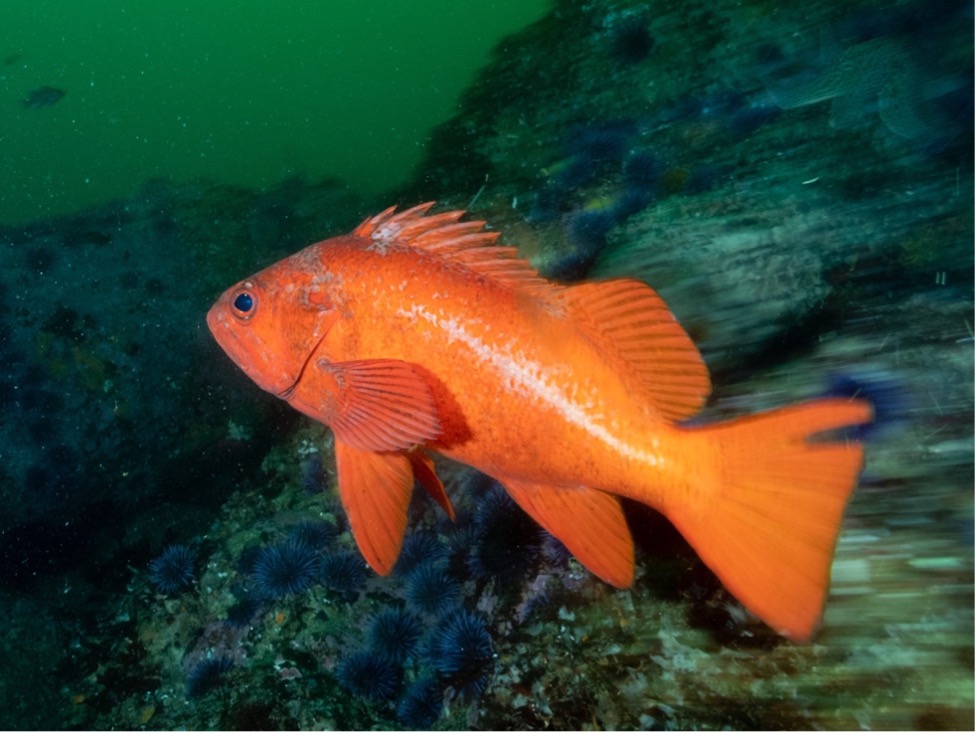
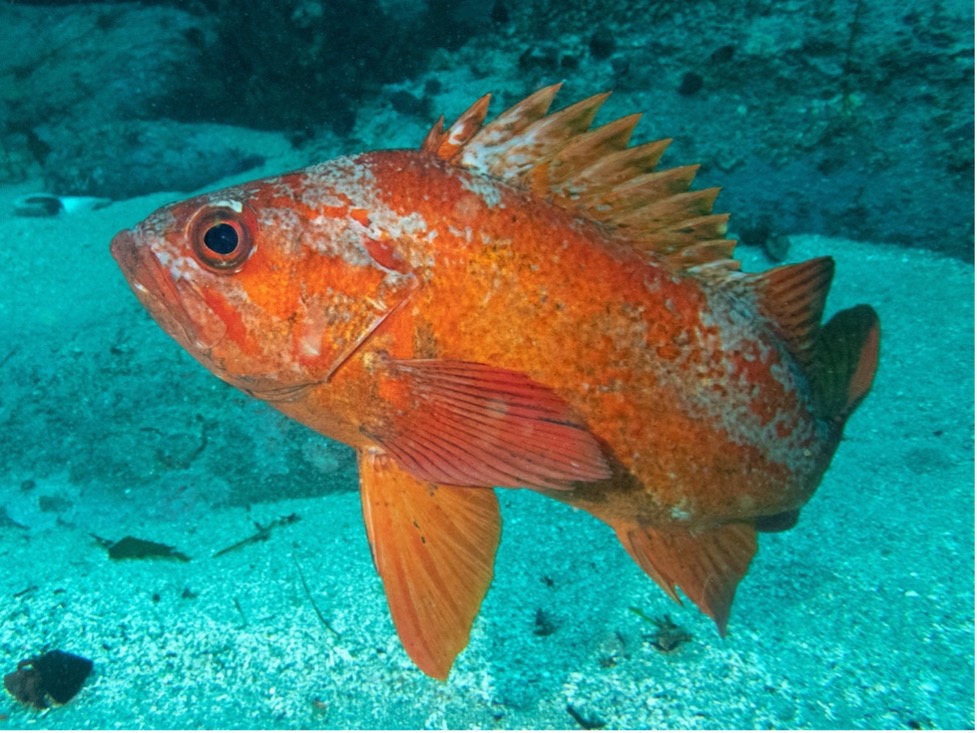
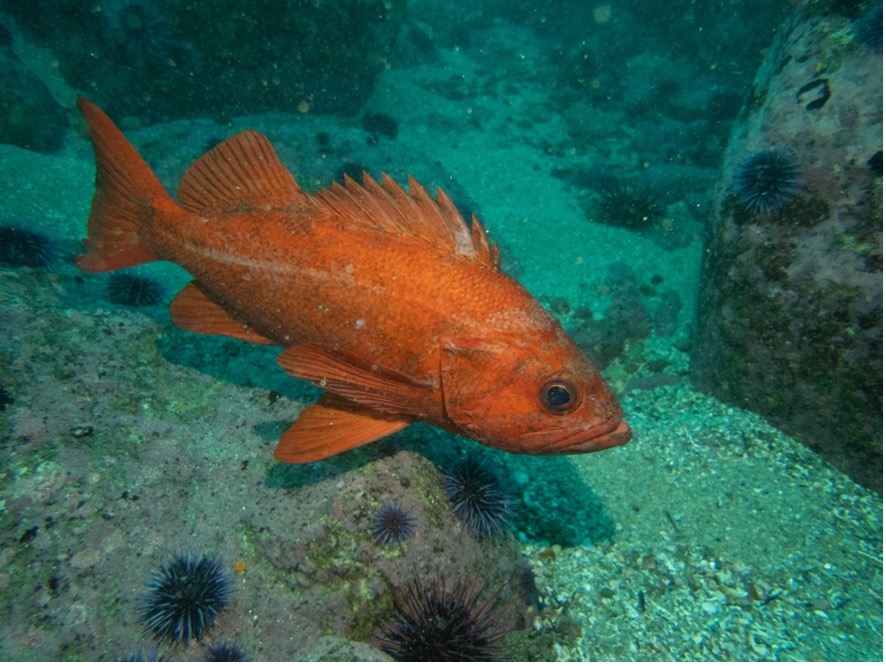
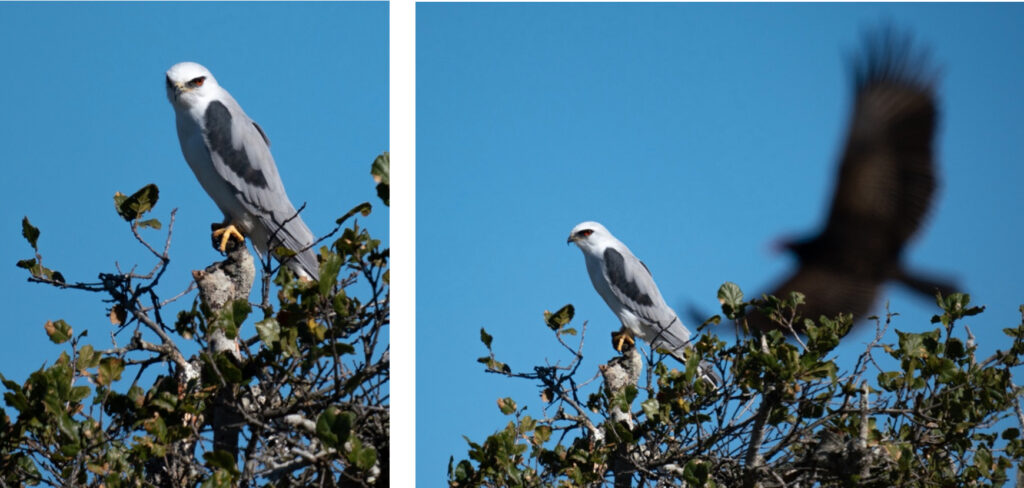
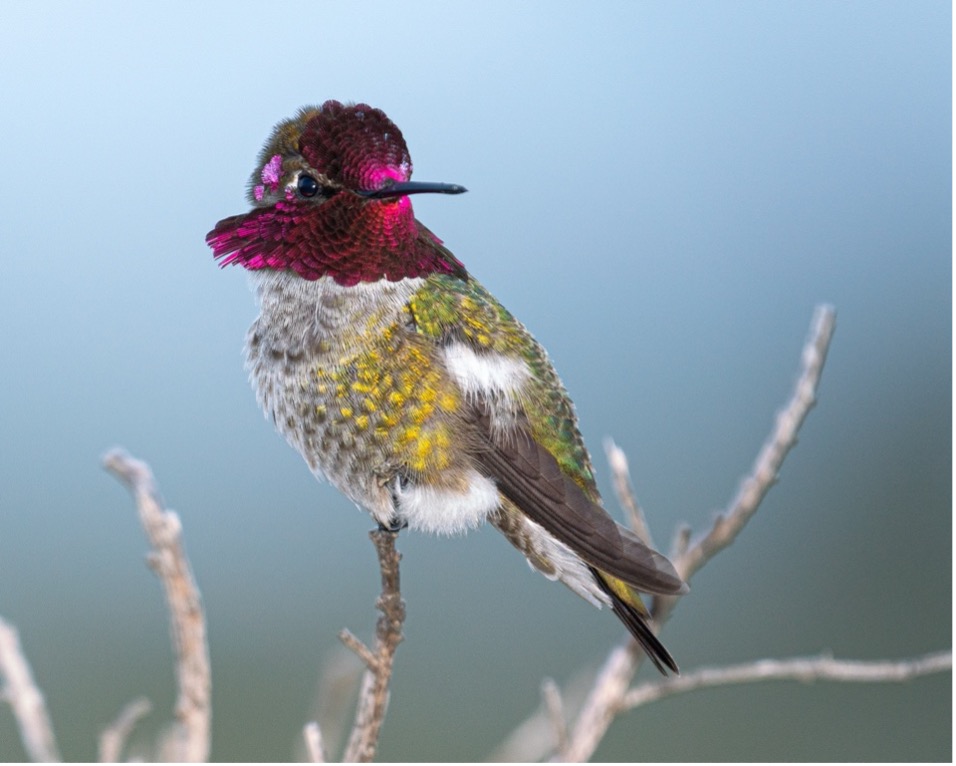
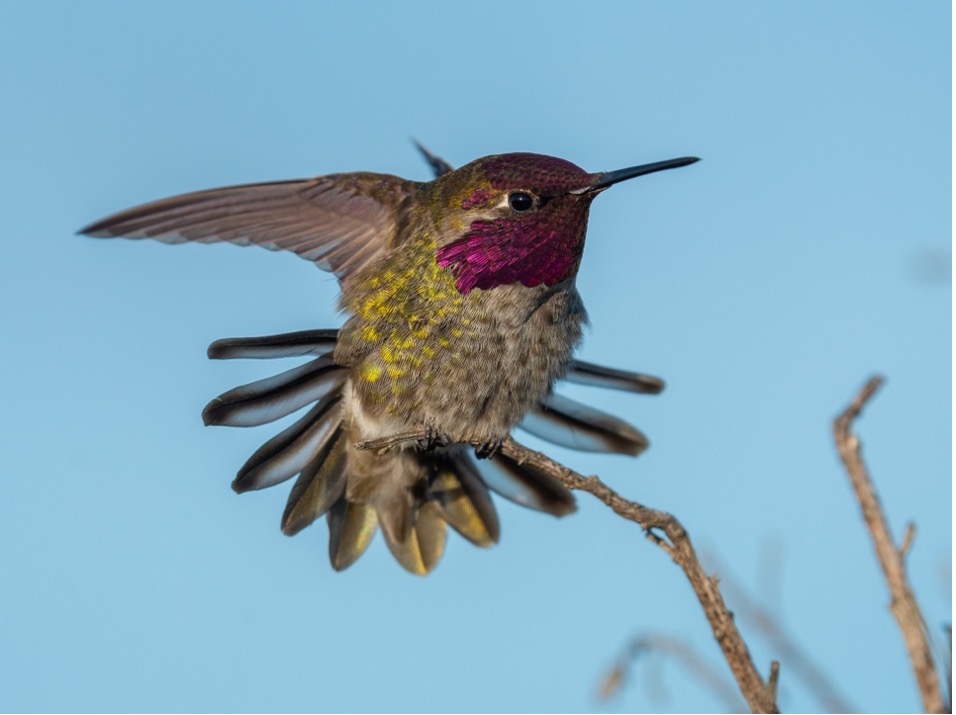

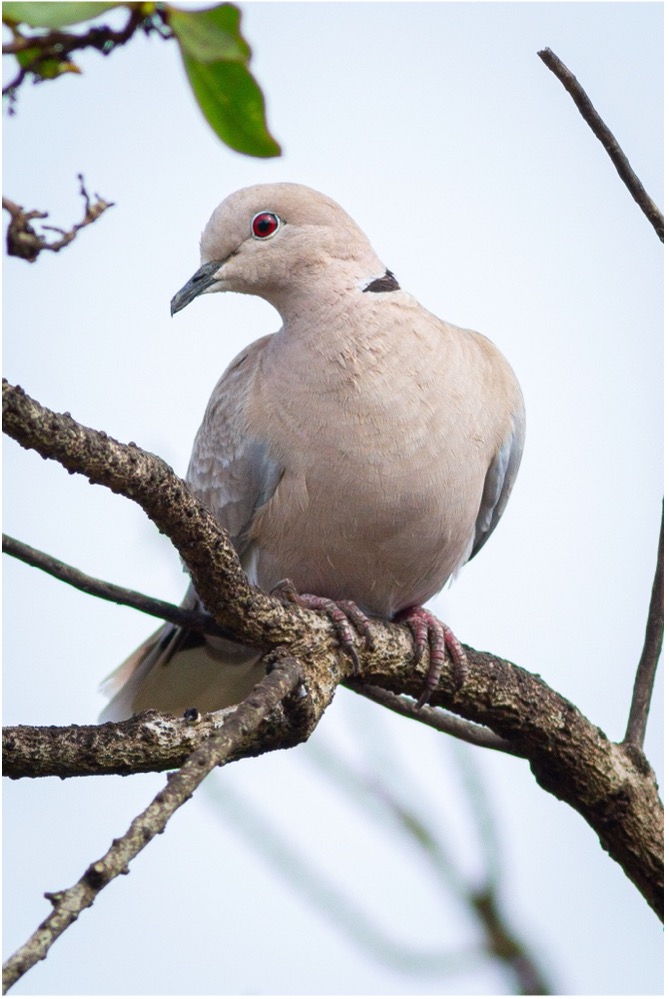
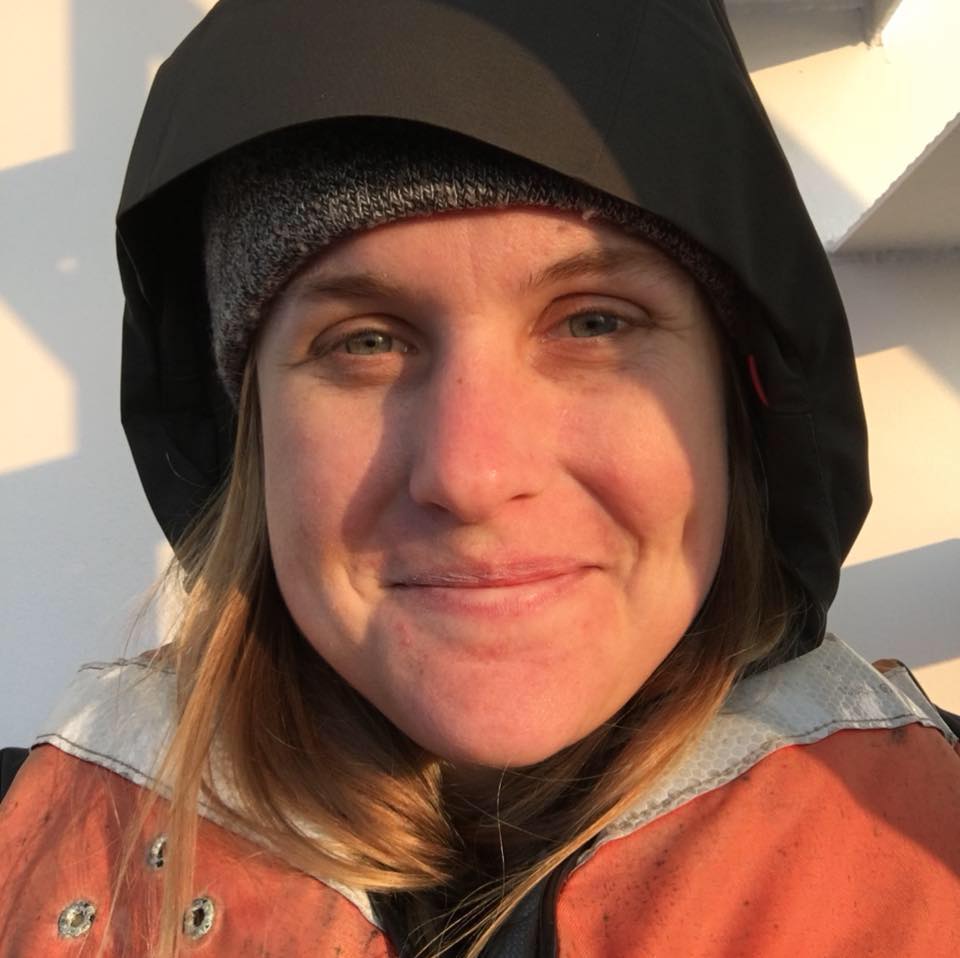 By Kayla Roy,
By Kayla Roy, 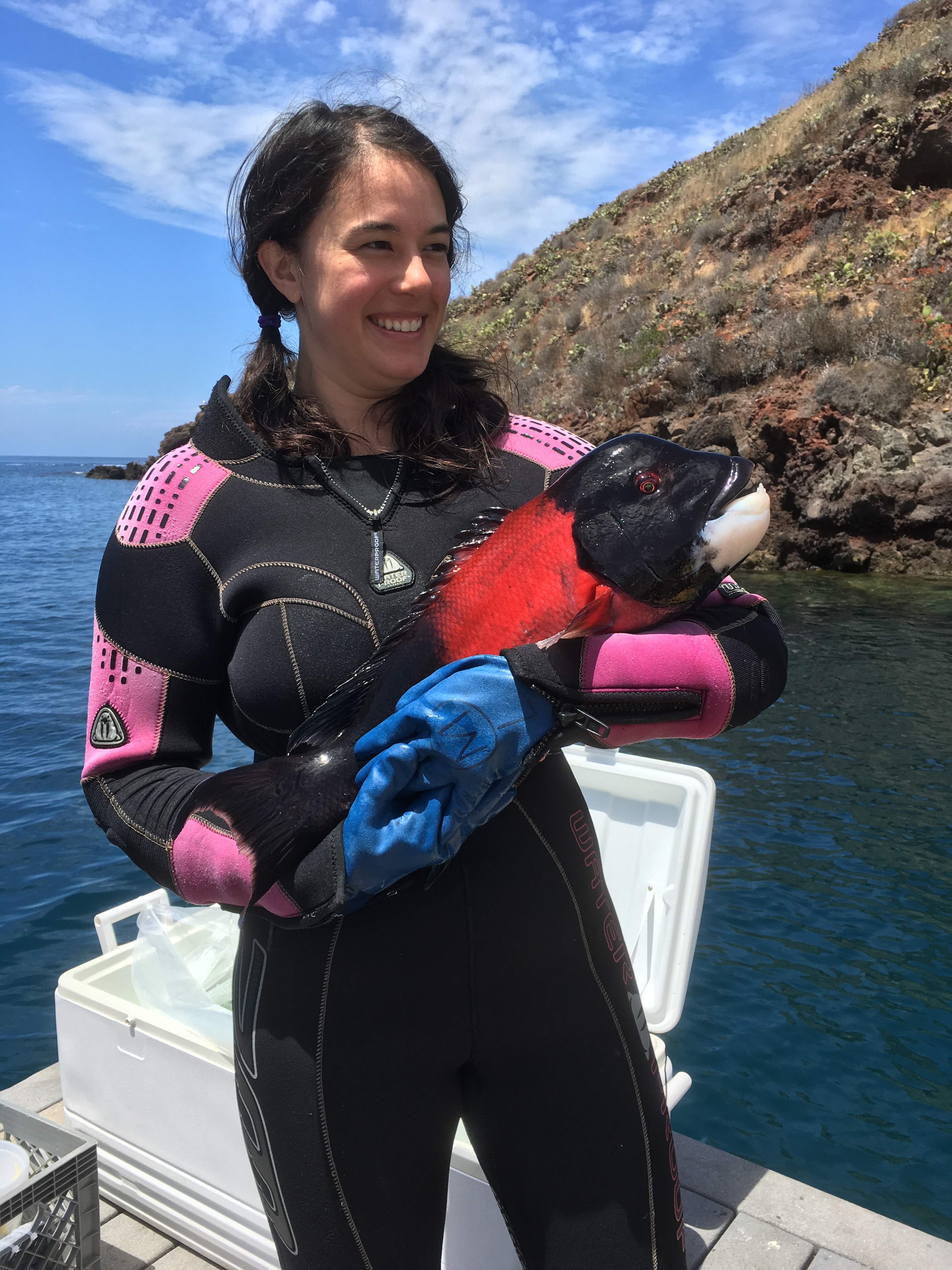
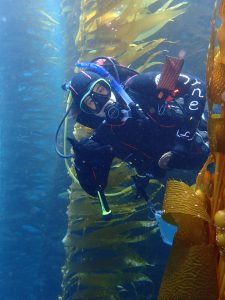
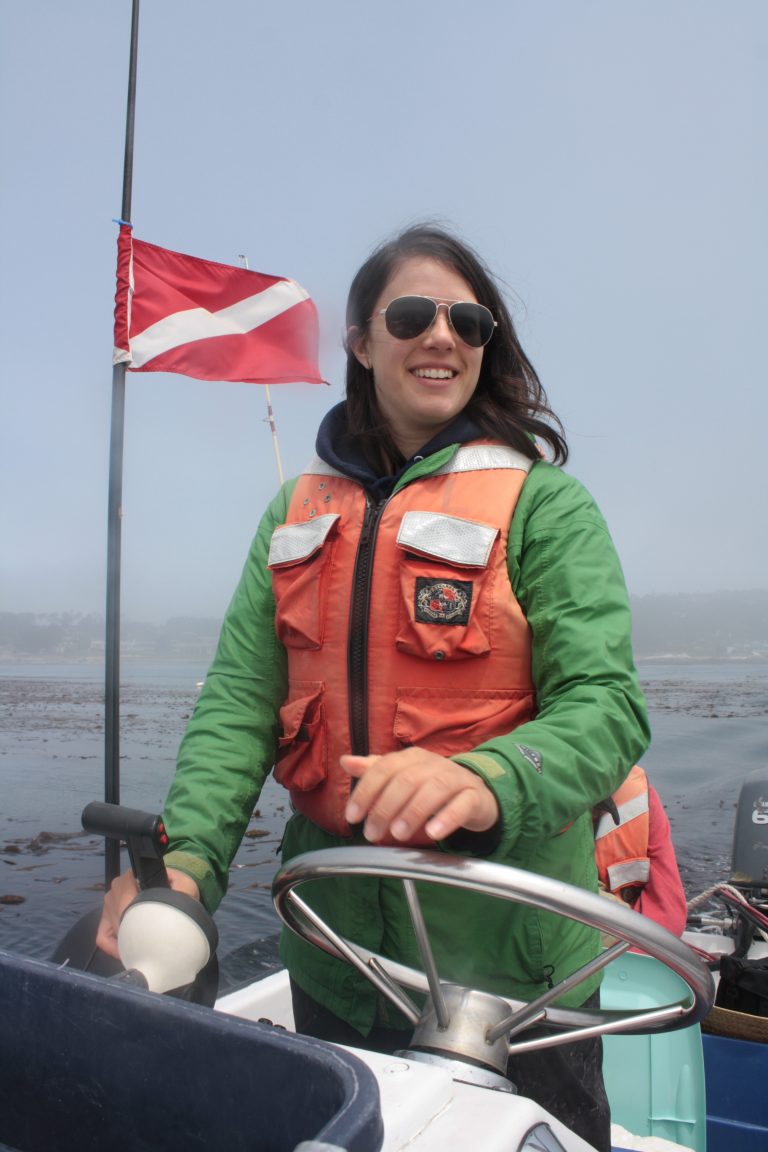
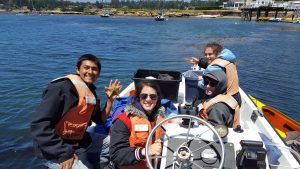
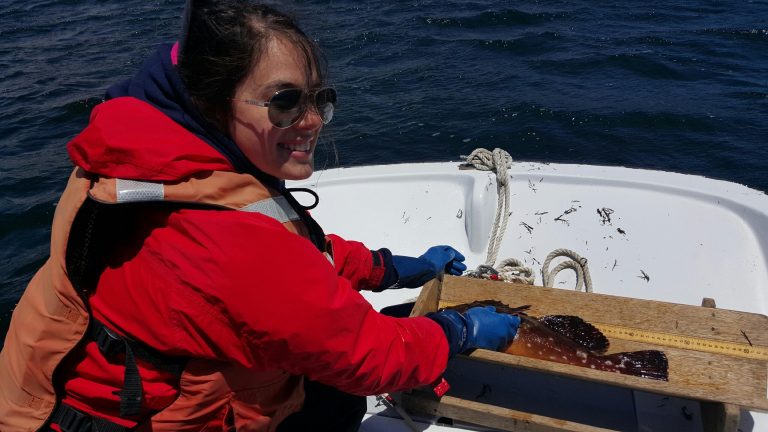
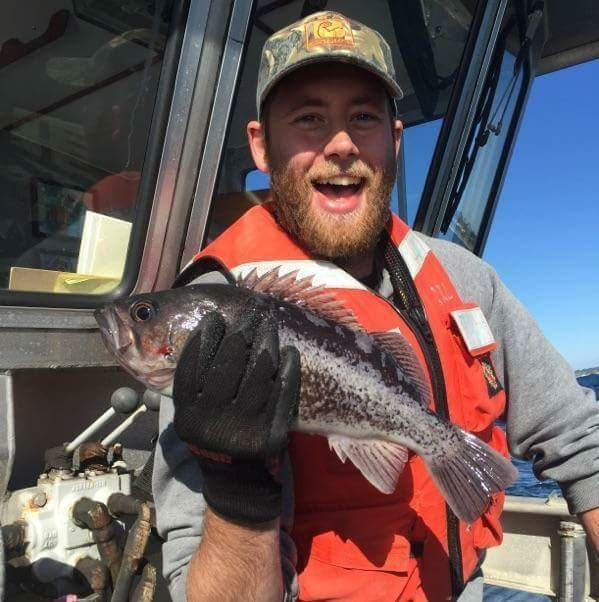
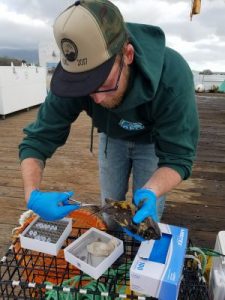
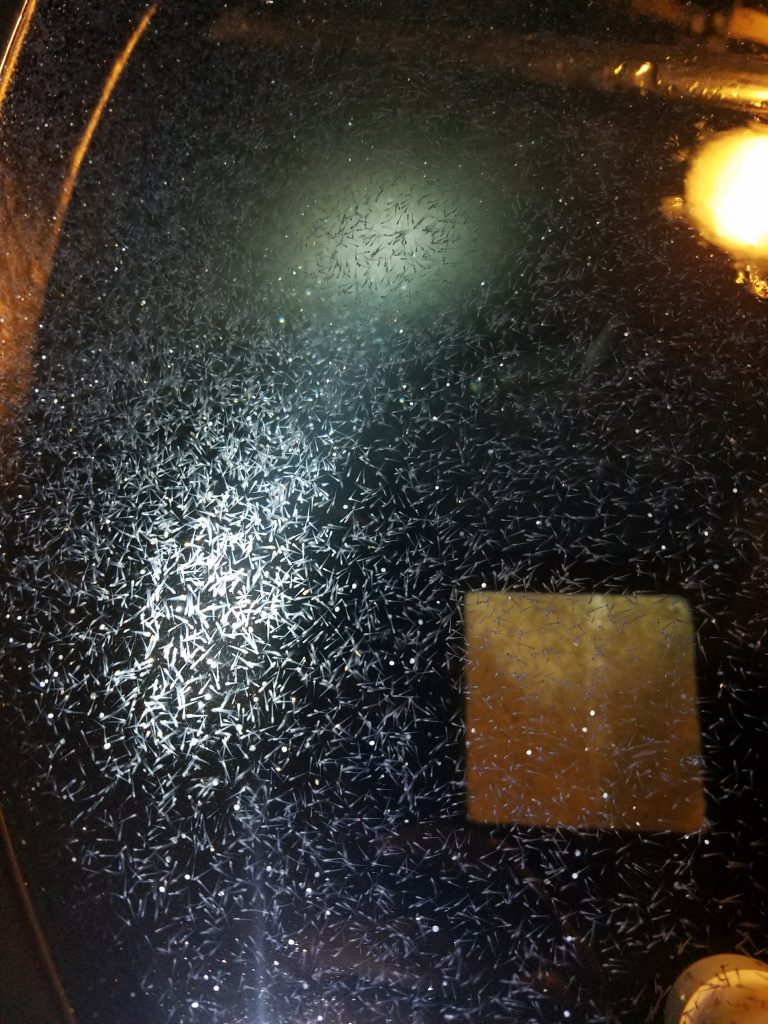
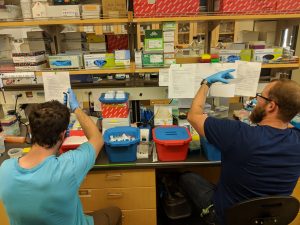


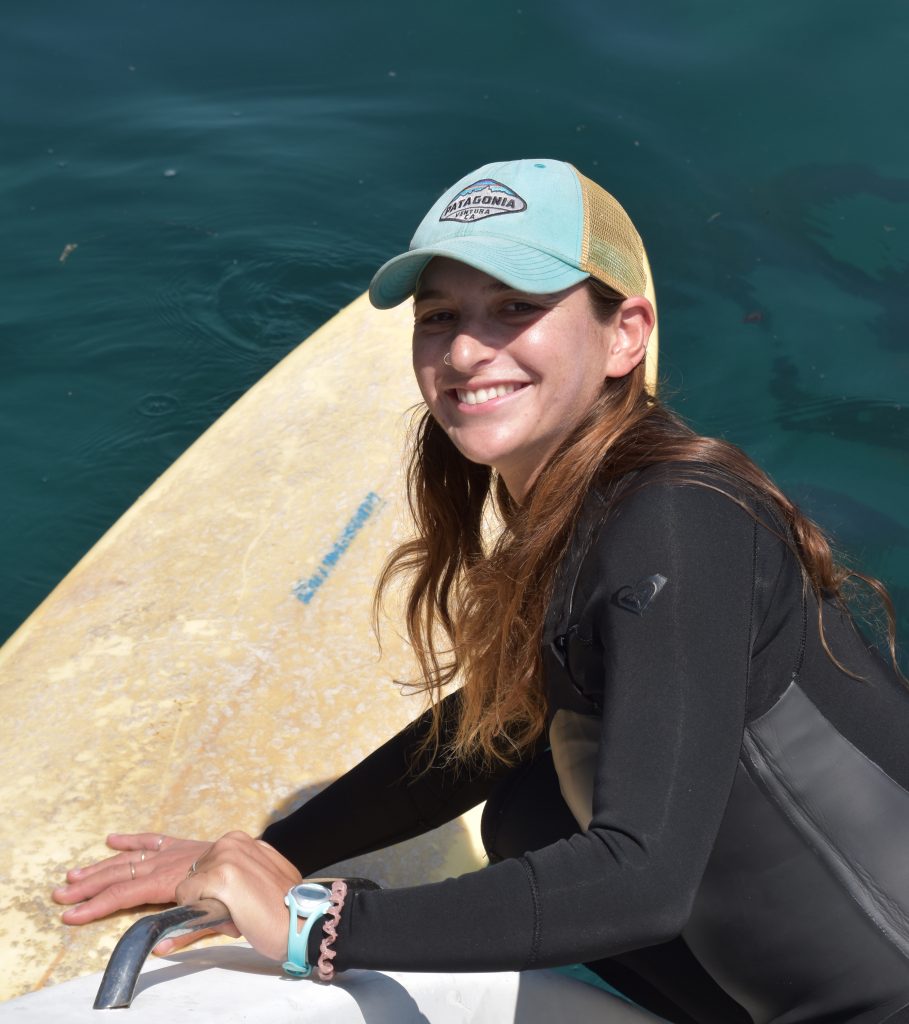 By
By 
